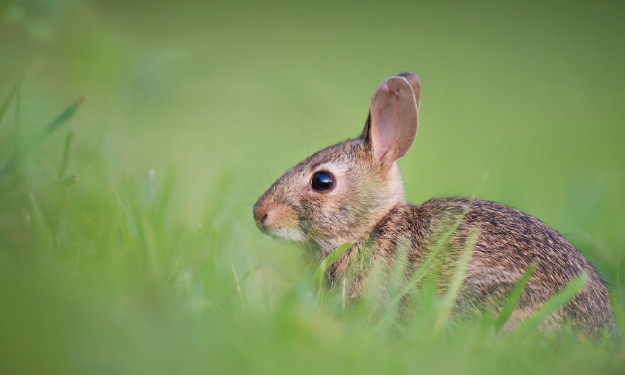Spring has Sprung! Baby Animals, Feral Kittens, & More

Written by Hannah Alharayeri
Not only do we receive a ton of baby squirrels during this time of year, but there tends to be an abundance of all types of babies during the spring! Please be aware that these helpless little guys can be hiding anywhere and everywhere.
Yardwork & Tree Trimming
It’s important to pay attention to your surroundings and your yard during the seasonal change, especially when doing spring cleaning or tree trimming. Squirrels have their nests in many different types of trees and tend to fall out quite easily either on their own as they grow in size and push each other around.
According to wildlife rehabilitators, you should only trim trees during months that end with “R” (September, October, November, & December).
Finding a Baby Animal
Squirrels, ducklings, baby geese, opossums, and feral kittens are all frequent fliers at hospitals & rescues in the spring. These animals sometimes wander off and get lost on their own, which tends to happen as they get bigger and more brave!
With that said, if you think you have found a baby animal that is alone and appears to be lost, be aware of your surroundings before you attempt to pick up the animal. There may be a mother watching from a distance.
Feral kittens & baby wildlife
Often times feral cats and wild animals will move their kittens one by one to a new location. Both wildlife and feral cats are terrified of humans, so if they see you near one of their babies, they may not return. It is strongly advised and appreciated that if you come across a baby, take a few steps back and observe the area for a few minutes – unless the animal appears to be in extreme distress or danger. The mother may return for her babies if you are hiding. If there doesn’t seem to be a mother close by or in sight, there are many safe drop off locations for these precious animals.
Babies need to be fed at least every 2-4 hours and could decline very quickly without their mother or proper care. Please do not try to save any wildlife on your own, as it is illegal and these animals require special care.
Advice from Gold Country Wildlife Rescue
What to do if you find an injured or orphaned wild animal.
Watch our full PAWEDcast episode about wildlife rescue and rehabilitation.